Persuasive Writing Skills: A Professional Development Session with John Sturtevant
Bill Dennison ·As part of our Integration and Application Network report card effort, we identified that our IAN staff would like more professional development opportunities. Jamie Testa did some investigating and discovered John Sturtevant, who conducts persuasive writing workshops. We arranged for John to travel from his home base in Austin, Texas and join us in our Annapolis office on 26 September 2017. It was well worth the expense, as we obtained some very useful training and even learned how to teach our classes and workshops more effectively. John enlivened the training with great stories. He also used timed breaks to keep us focused and managed our time efficiently.

After some planning discussions, John put together a booklet of exercises and insights, tailored for our group. This booklet was a fantastic resource and I have emulated this approach to teaching by drafting an IAN booklet on science visualization. This was the biggest lesson I gained from John’s session, and there are several reasons why I like this approach. 1) The workshop booklet provides a permanent resource for the workshop participants. 2) The act of filling in blanks and drawing in the booklet provides a tactile learning experience to accompany the visual and auditory that input is provided using PowerPoint slides. 3) The booklet provided additional material that we didn’t directly cover during our session. 4) The booklet helps organize course material that can be tailored to each audience.
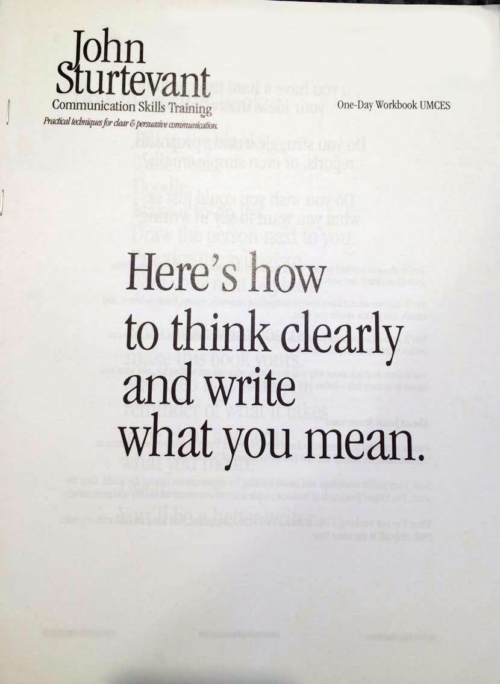
John provided some memorable moments. One such moment was when he opened the blinds and asked us to tell him what we saw. Our answers included “the building across the street,” “the cars in the road,” and “the sidewalk.” John pointed out that no one mentioned the window itself. He indicated that is what good writing was intended to be — transparent to the reader. Another memorable moment was the exercise of having everyone stand up, raise our hands and rotate our fingers in circles in a clockwise manner, and then lower our hands and observe that our fingers were now tracing counter-clockwise circles. John used this exercise to demonstrate how our perception is based on our own unique perspective.
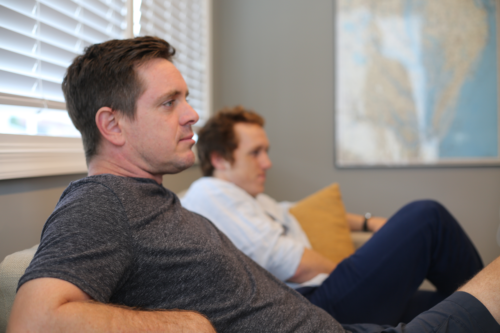
Using several great quotes from contemporary people, John highlighted the importance of writing clearly and the psychology behind it. One quote was by Elmore Leonard, a bestselling fiction writer. Leonard said “I leave out the parts my readers skip.” John referred to Stephen King’s book On Writing in which King said that good writing makes the readers forget they were reading. And finally, the singer Tom Waits’ quote “How you do anything is how you do everything.”
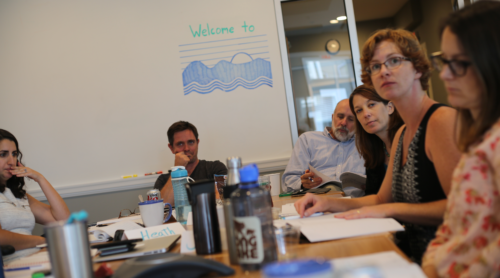
The most memorable message that I got from John was the distinction between asking yourself “What do I need to say?” instead of the the more important question, “What do I need my reader learn?” This switch requires an attitude shift in composing presentation or written content. I like to think that our blog series on environmental literacy comes close to achieving this goal of providing readers with the essential facts that they need to know. It is something that helps sort out what is important to include and what can be left out.
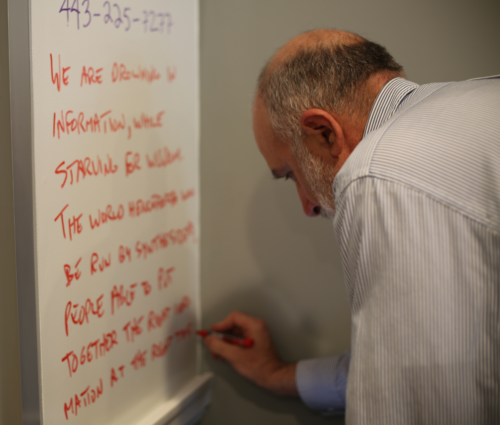
John included a section on passive vs. active voice, which is similar to the IAN approach of developing active titles. He also discussed the different learning styles: visual, auditory and tactile, and how to recognize these styles and respond to these insights. John also touched on syllogisms, Aristotle’s structure that allows you to test the logic and strength of an argument. John’s worksheet includes developing a claim and the main given reason for the claim, then asked us to help identify the underlying assumptions behind each reason. Only then can you understand if the argument is sound enough to use for recommendations.
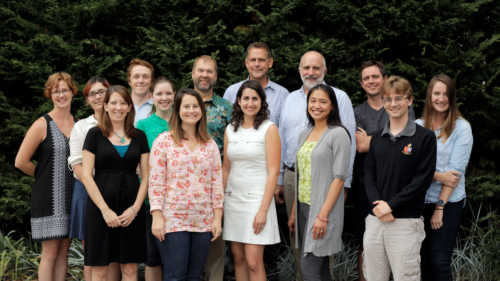
Another highlight of John's lecture was a series of short statements. 1) “Thrill Yourself” which jives with my attitude of insuring that we like the products that we create. 2) “Perfect Enough” is important to remember so that we can finish our products and not become paralyzed by trying to be perfect. 3) “Clear Writing is the Result of Clear Thinking” – all of our IAN science communication products strive to achieve clear writing. 4) “Give readers context, relevance and meaning to form understanding,” is a phrase that is quite similar to our approach of providing context, visualization and synthesis to communicate science to anyone. 5) “Plan, write, revise, edit” which is something that encapsulates the approach to writing. I often use the saying “Don’t get it right, just write it” to overcome writer’s block.
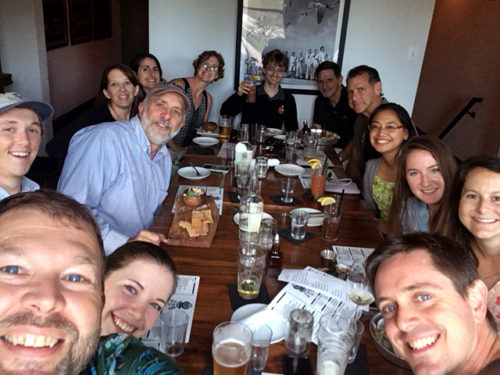
Following our day with John, we enjoyed a happy hour at Sailor Oyster Bar, a new restaurant in Annapolis. This fulfilled our desire to have more social activities together as a team. We also had cake and champagne at lunch to celebrate three life transitions by three staff in our UMCES Annapolis Office: a marriage, a pregnancy, and a retirement. John joined us in each of these activities and we realized that in John Sturtevant, we have found a kindred spirit.
About the author
Bill Dennison

Dr. Bill Dennison is a Professor of Marine Science and Interim President at the University of Maryland Center for Environmental Science (UMCES).